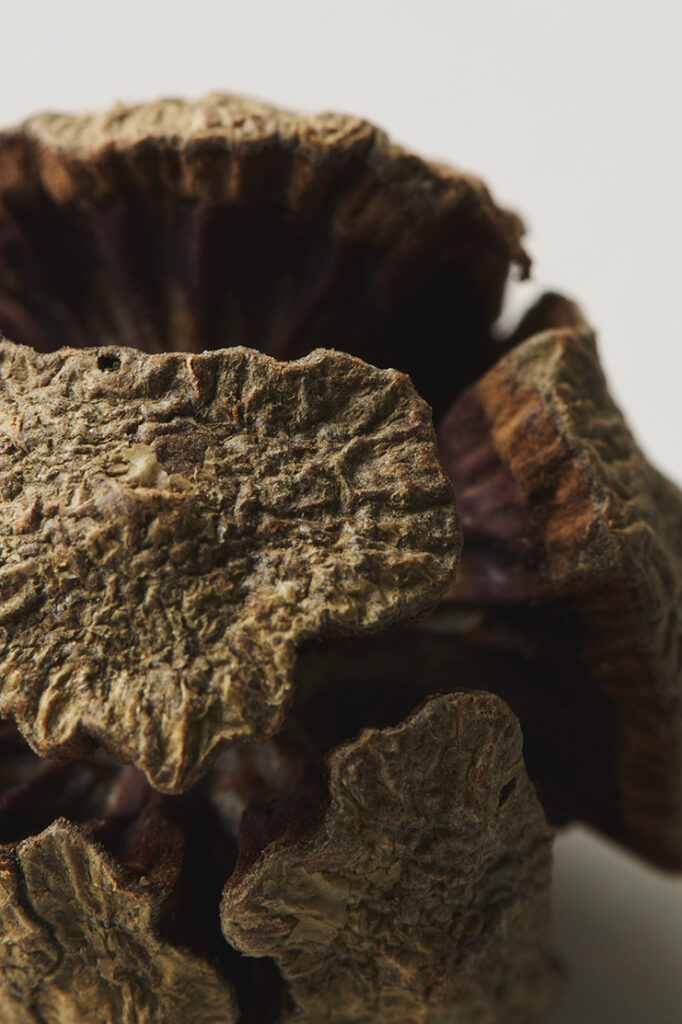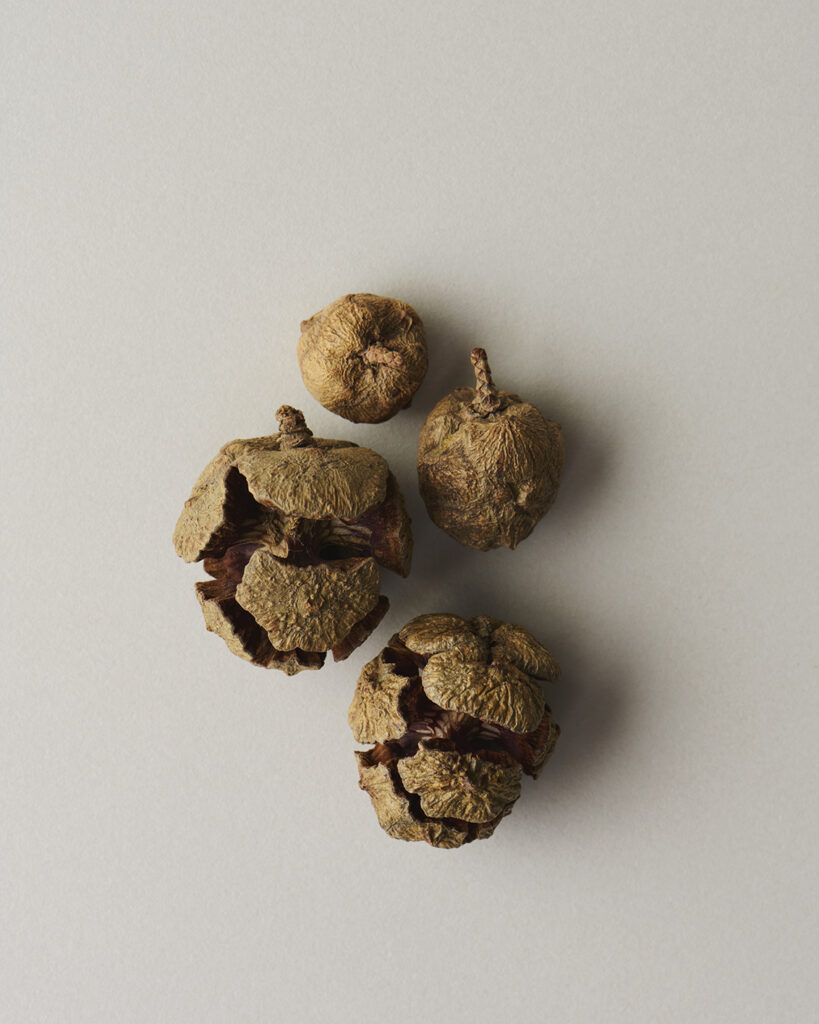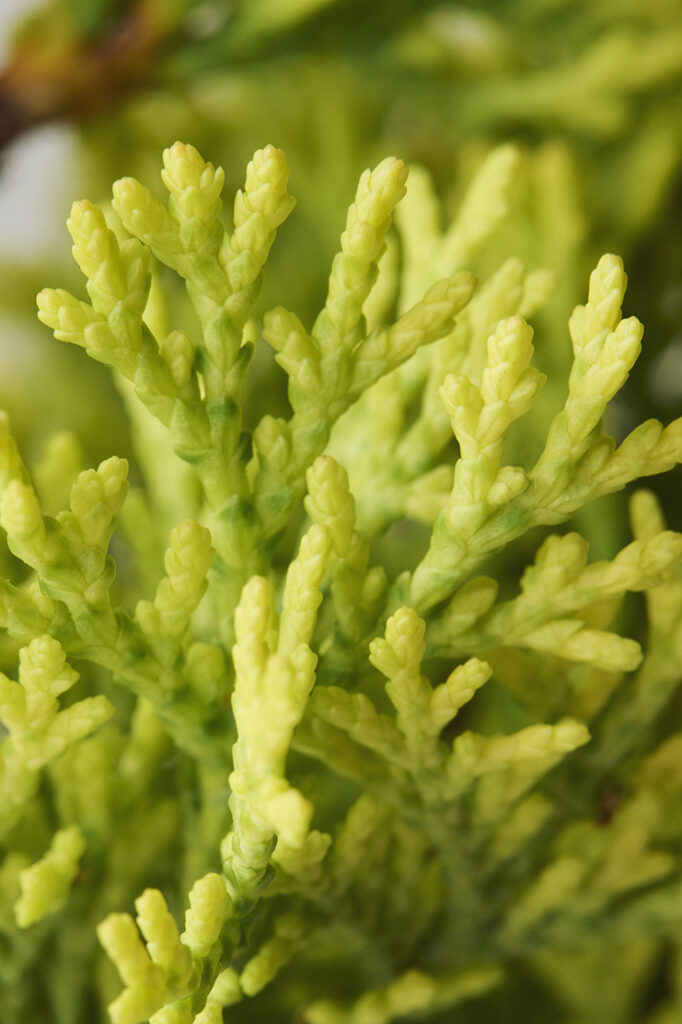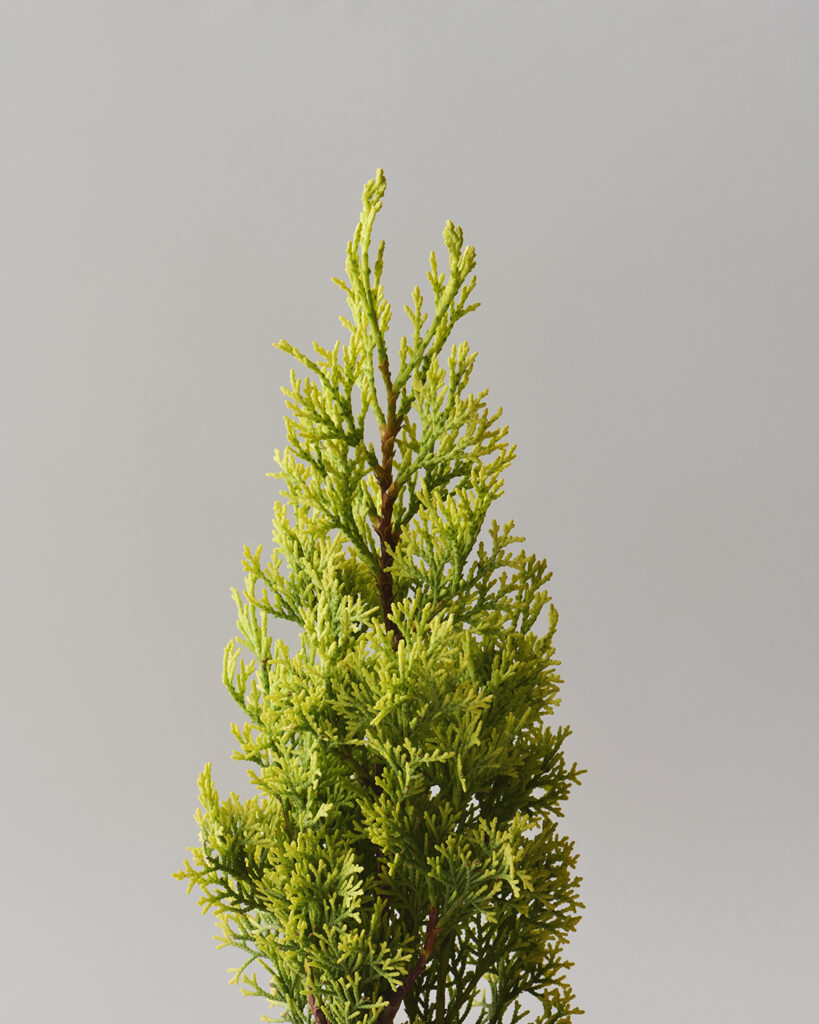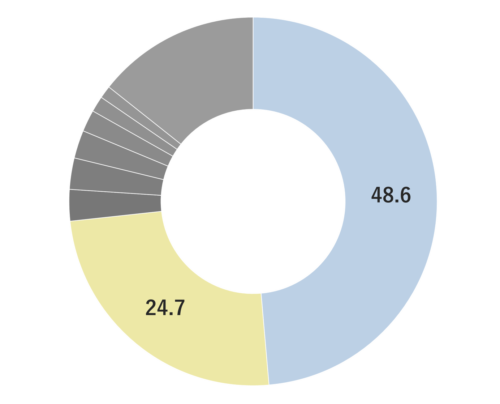Around 0.5% to 1.2% of Cypress essential oil is obtained through steam distillation from its leaves and fruits. It presents as colorless to pale yellow and primarily contains alpha-pinene, beta-caryophyllene, and sabinene as its key constituents. This essential oil emits a refreshing, green, slightly acidic, and subtly woody aroma that evokes the sensation of being in a fresh, serene forest, creating a pleasant and uplifting feeling. It pairs excellently with invigorating scents like Grapefruit and Lemon, as well as deep and sweet fragrances like Sandalwood, Frankincense, and Lavender. Given its moderate strength, it is advisable to begin with a slightly larger quantity when blending and then adjust for balance as needed.
